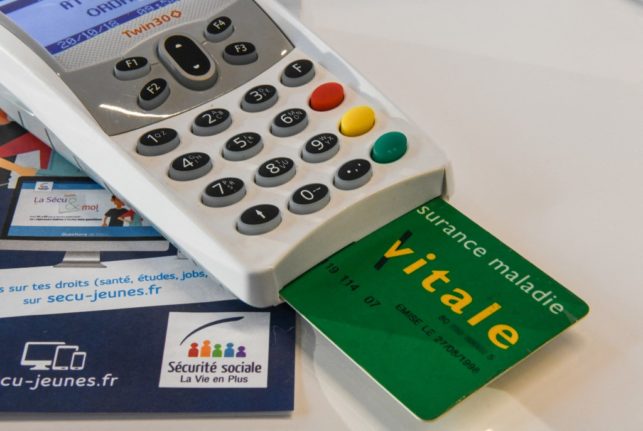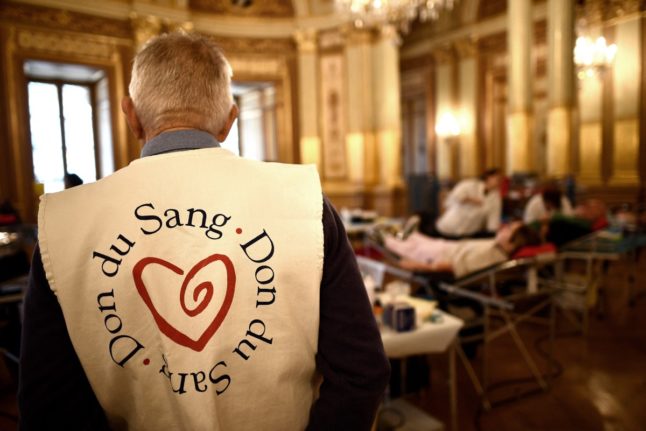What is happening?
France is making changes to the carte vitale – the crucial card that allows residents of France to access the public health system. If you don’t have the card – here’s how to get it.
The new project involves replacing the physical card with a virtual one that is stored on your smartphone via an app, which is now available for download in certain parts of France.
The French government has begun a pilot project in eight départements with the intention of gradually expanding the system to cover the whole country in 2024.
The trial areas are; Bas-Rhin, Loire-Atlantique, Puy-de-Dôme, Saône-et-Loire, Sarthe, Seine-Maritime, Rhône and Alpes-Maritimes and the trials are voluntary for people who want to sign up.
How can I sign up?
To be eligible during the trial phase, you must be a resident in one of the eight départements listed above.
The app can also only be used by people who are already registered in the French system and have a carte vitale. It is not an alternative to the current registration process.
You must also be over 16 years of age, not under guardianship, and have a phone with at least Android 12 or iOS 7.
If you meet all these criteria, you can download the dedicated app “Carte Vitale”.
After you have installed the app, you will need to verify your identity, which will include uploading a scan of your passport or ID card, as well as the hard-copy of your carte vitale. This will be checked by Assurance Maladie, so it may take some time before you can use the app.
Once verified, you will have access to a digital version of your carte vitale, in addition to your normal card-version.
How does it work?
This will allow those who have a carte vitale to transfer it onto their smartphone, which will save you from having to remember to carry the card around.
You will be able to use the digital version of the card at the doctor, pharmacist, vaccine centre or any other situation in which you previously used your carte vitale. You will be able to either show a QR code to scan, or scan your phone using NFC technology (similar to Metro and train smartphone tickets, which works even if your phone is turned off or out of battery).
The app will also store information on when the card is used, so you can keep track of healthcare-related expenditures.
Can you still use a card version?
Yes. If you don’t own a smartphone or are just not a fan of apps you can continue to use the physical card with no changes.
What does this change for healthcare access?
It doesn’t change anything in terms of your access to healthcare or paying for it, but some extra functions are set to be added to the app once the scheme is rolled out nationwide.
The first one is to link up your carte vitale with your mutuelle (complementary insurance) if you have it, so you don’t need to show extra proof from your insurance company in order to get full reimbursement.
The second is to add a ‘trusted person’ to your carte vitale, allowing them to use your card to, for example, pick up a prescription for you or to allow grandparents to take children to medical appointments (normally children are included on their parents’ card).
Is this replacing the biometric carte vitale?
You might remember talk earlier this year of a ‘biometric’ carte vitale, in which people would have to register biometric details such as their fingerprints in order to keep using their carte vitale.
This seems to have now been kicked into the long grass – it was a parliamentary amendment to a bill proposed by the centre-right Les Républicains party and was intended to combat prescription fraud.
Experts within the sector say that the costs and inconvenience of making everyone register their biometric details and get a new card far outweigh the costs of prescription fraud and the idea seems to have been put on the back burner for now.



 Please whitelist us to continue reading.
Please whitelist us to continue reading.
Member comments